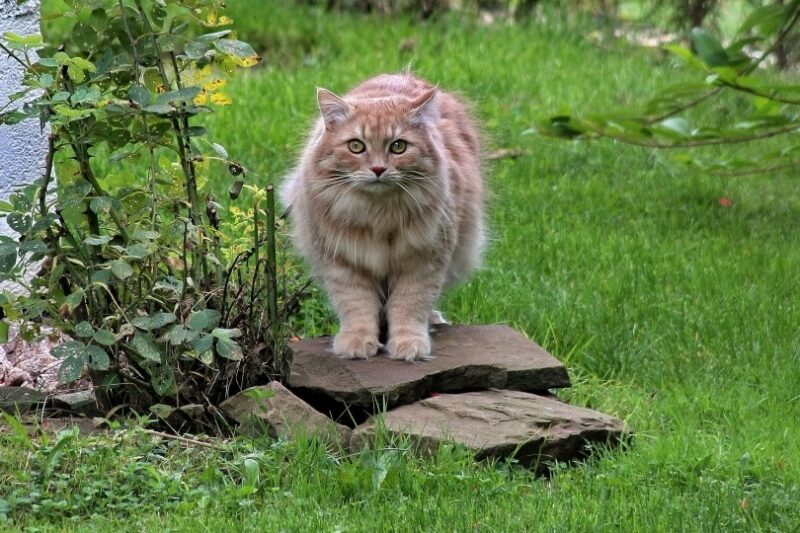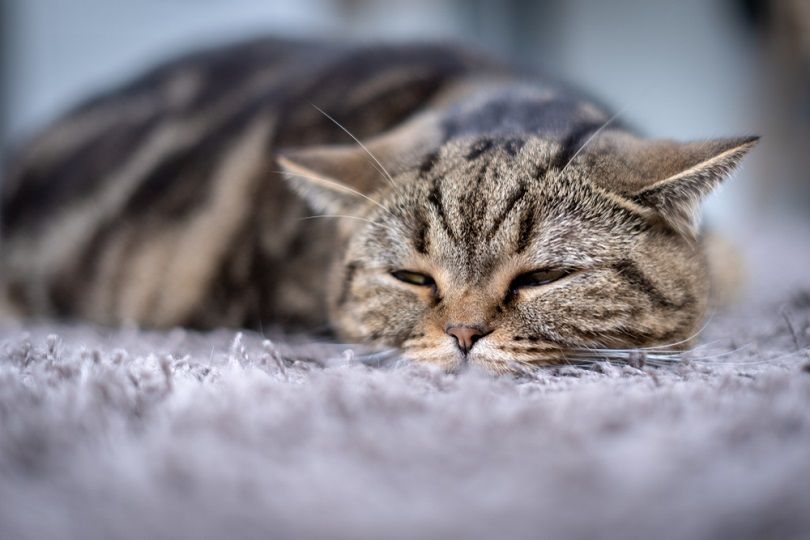3 Best Waters for Cats: The Safest Options to Drink
Updated on
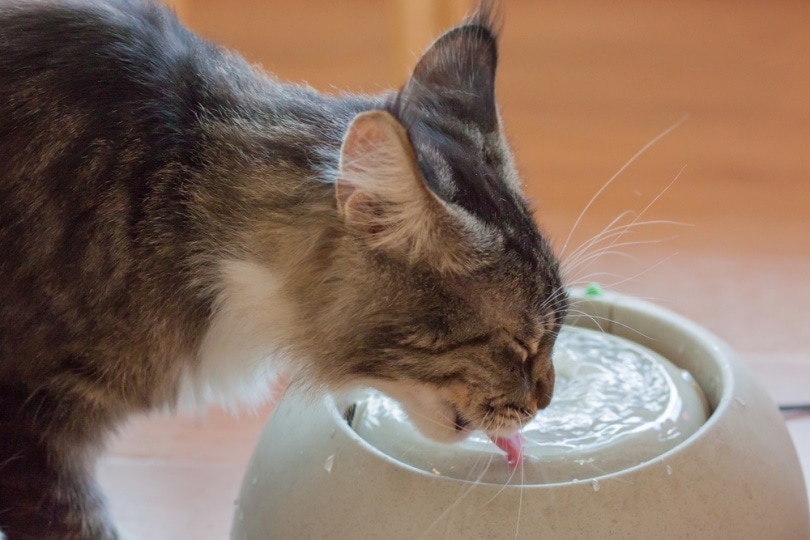
Click to Skip Ahead
Water is an essential nutrient for life, but not all water sources are created equal. If you’re wondering which type of water will be best for your beloved fur babies, we can help. Read on to find the best and worst options for your feline family members.
The 3 Best Waters for Cats
1. Bottled Water
Bottled water is fine to share with your cat, but there are some caveats. Purified and filtered bottled water contains no chemicals or pathogens that can negatively impact your kitty. Some bottled water will come from public drinking water, typically treated before being bottled.
Some people may have concerns about the BPA in water bottles. The FDA says this plastic is safe in small concentrations for humans, though there is limited research on its safety for cats. One study suggests there may be a link between BPA found in canned cat food and endocrine disorders.1
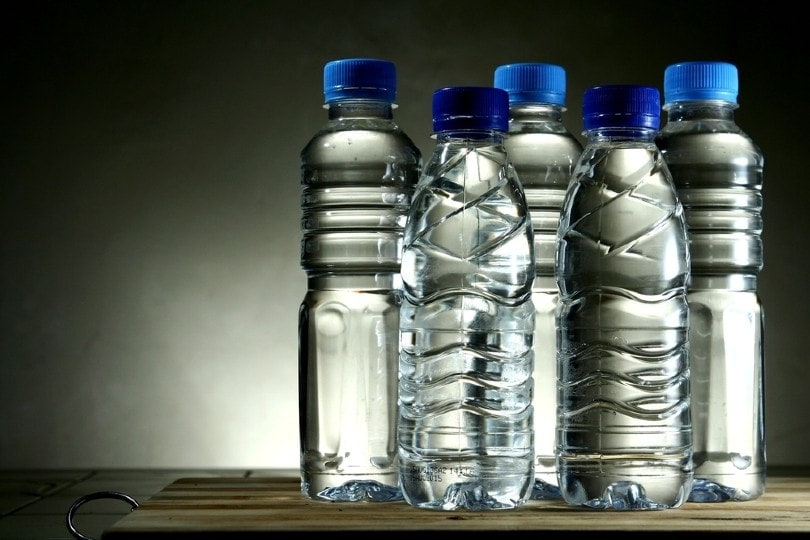
2. Tap Water
Giving your kitty filtered tap water is the most convenient option. You can find filters attached to your faucet, providing healthy and safe water every time you turn the tap. If you cannot find an attachment, use a refillable water pitch with an attached filter (think Brita pitchers). These filters remove objectionable odors and tastes that may make your kitty unlikely to drink.
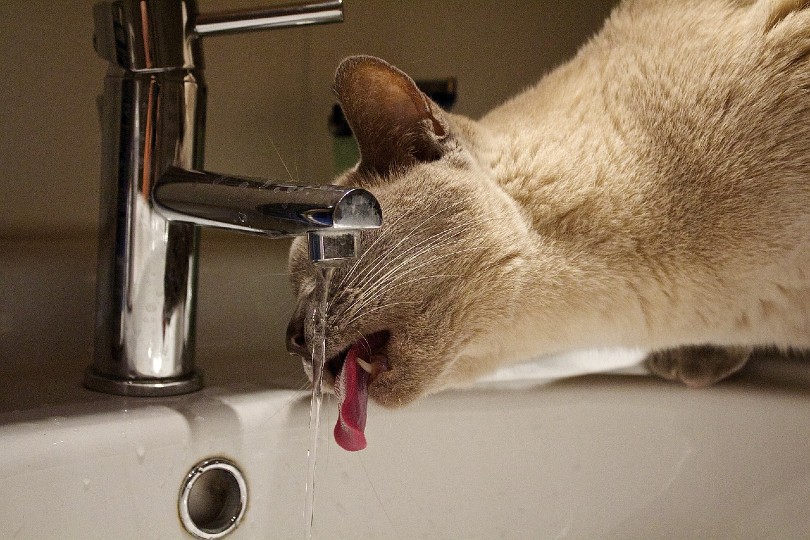
3. Well Water
People living in rural areas often receive water from a well on their property. If your home is plumbed with well water and it’s safe enough for you to drink, it will also be appropriate for your pets.
Well water can contain harmful bacteria, so we recommend testing yours before offering it to your pets.
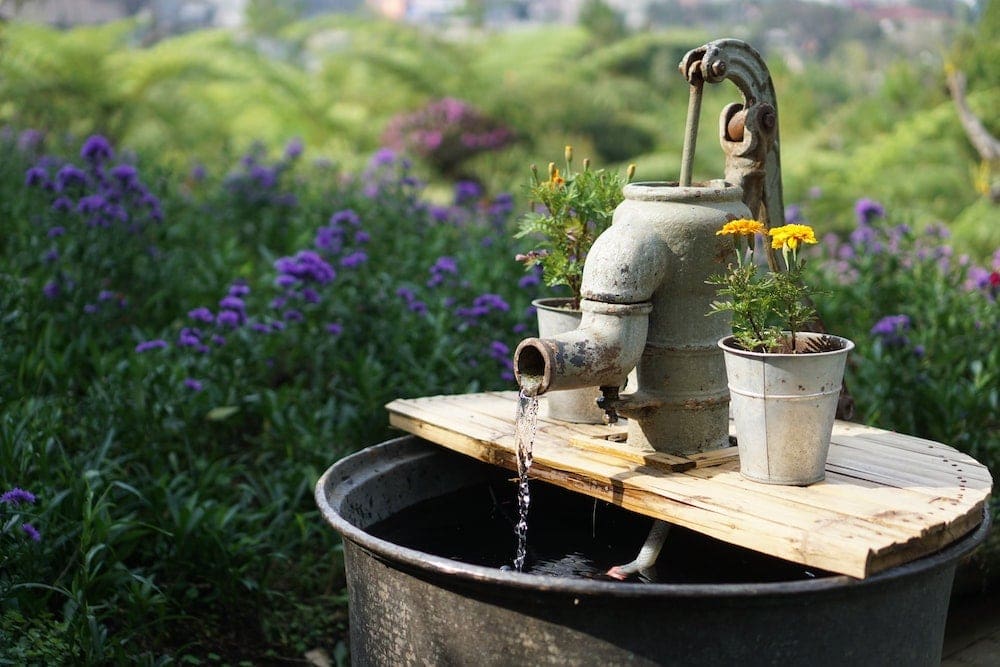
Waters Unsafe for Cats to Drink
Not all water sources are ideal or even safe for your cat to drink. Some of the worst options include:
- Creek, pond, or river water: There may be bacteria present in the bodies of water that contaminate it and make your cat very ill.
- Fish tank water: Whether you have an indoor tank or an ornamental pond outside, the water your fish swim in is unsafe for your kitty to drink. Your fish water is treated with chemicals to keep the pH balanced and safe, so the water is not appropriate for your other pets.
- Ocean water: Ocean water is naturally salty, making it dangerous for your cat to drink. Too much salt can cause salt poisoning, affecting your pet’s neurological system.
- Toilet water: As gross as it sounds, nothing is as appealing to some cats as the big bowl of water they see in the toilet. Keep your toilet lid down to prevent your pet from accidentally ingesting human waste.
- Distilled water: Distilled water is pure as all contaminants are removed during processing. However, all healthy minerals present in the water are also removed, making this an inappropriate long-term water source for your pet.

How Much Water Do My Cats Need?
Cats drink up to 10 ounces of water daily, depending on their overall health, diet, age, size, and activity level. Where you live can also determine how much water your pet drinks, as those living in warmer climates will naturally require more water. Most vets recommend healthy cats drink approximately four ounces per five pounds of body weight.
The 5 Ways to Encourage a Cat to Drink More
Some cats are awful at keeping their hydration levels met. If you notice your cat isn’t drinking as much as he should be, there are several things you can do to encourage him to drink more.
1. Buy a Water Fountain
Some cats don’t like drinking standing water and prefer to drink from moving water sources. An electric water fountain keeps water pouring from a spout or bubbling up from the base of the bowl.
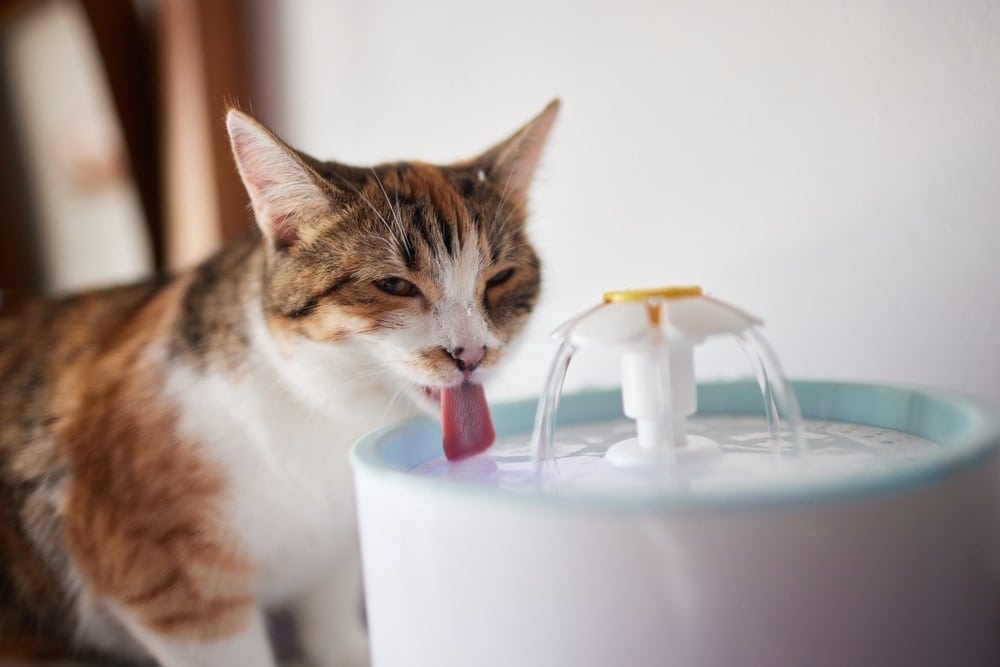
2. Keep the Water Clean and Fresh
Refill the water bowl or fountain every day with fresh and clean water. Picky kitties won’t like drinking around their floating cat hair or litter particles.
3. Have More Than One Bowl
Place water bowls or fountains in various places throughout your home; this way, they will be more likely to take a drink when they’re passing by.
4. Place Water Bowls Strategically
Don’t put your cat’s water bowl near his litter box or too close to his food dishes. You wouldn’t drink in the same spot as you poop or pee, would you? Neither does your cat. Additionally, cats don’t like to drink where they eat.
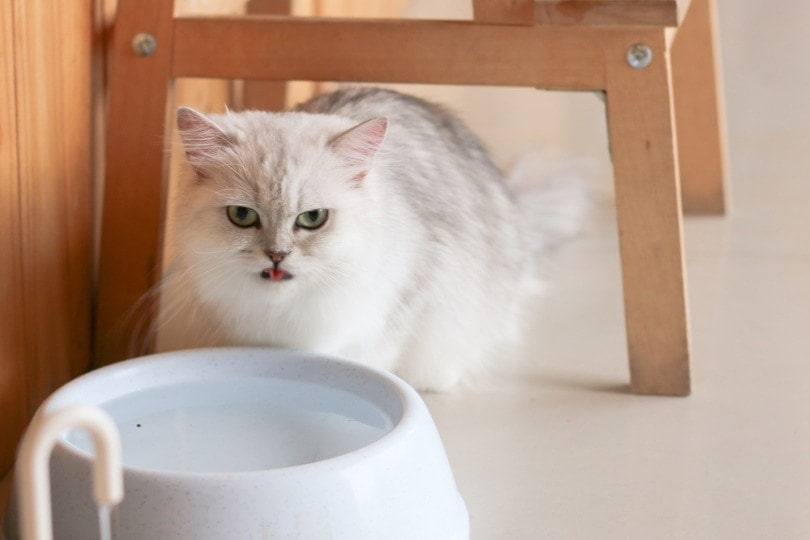
5. Switch to Canned Food
Wet food is a great source of hydration for cats that don’t drink enough water. You can even add a teaspoon or tablespoon of water to their food dish to provide even more hydration.
Final Thoughts
While there are several safe water options for cats, the best and most cost-effective is filtered tap water. It’s safe, easy to access, and pure. If you do not have a filter for your tap, you can purchase one relatively cheap or use a filtered water pitcher instead. If you do not have access to these items, regular old tap water is okay, too, assuming your municipal water is safe and clean.
See also:
Featured Image Credit: Pattysan, Shutterstock


